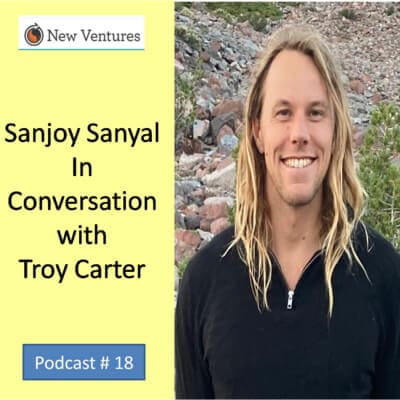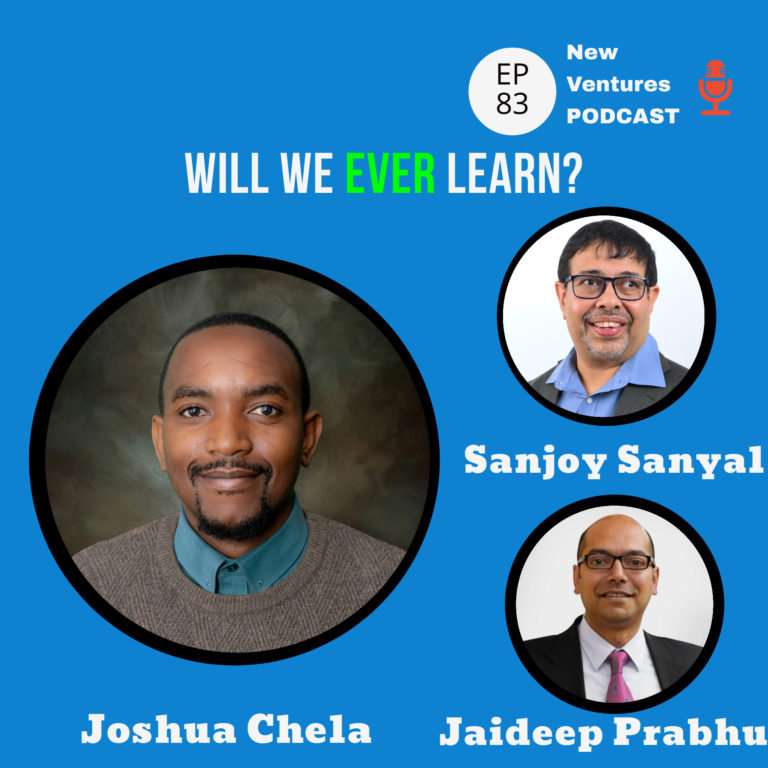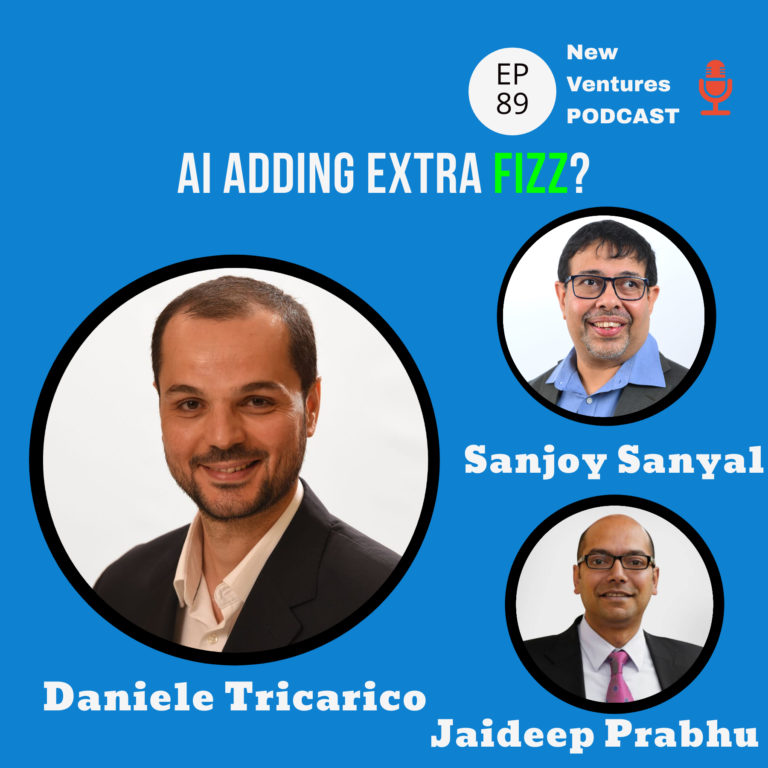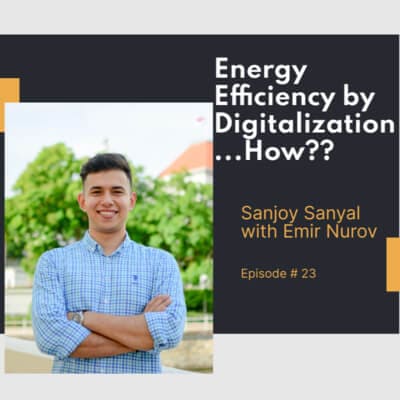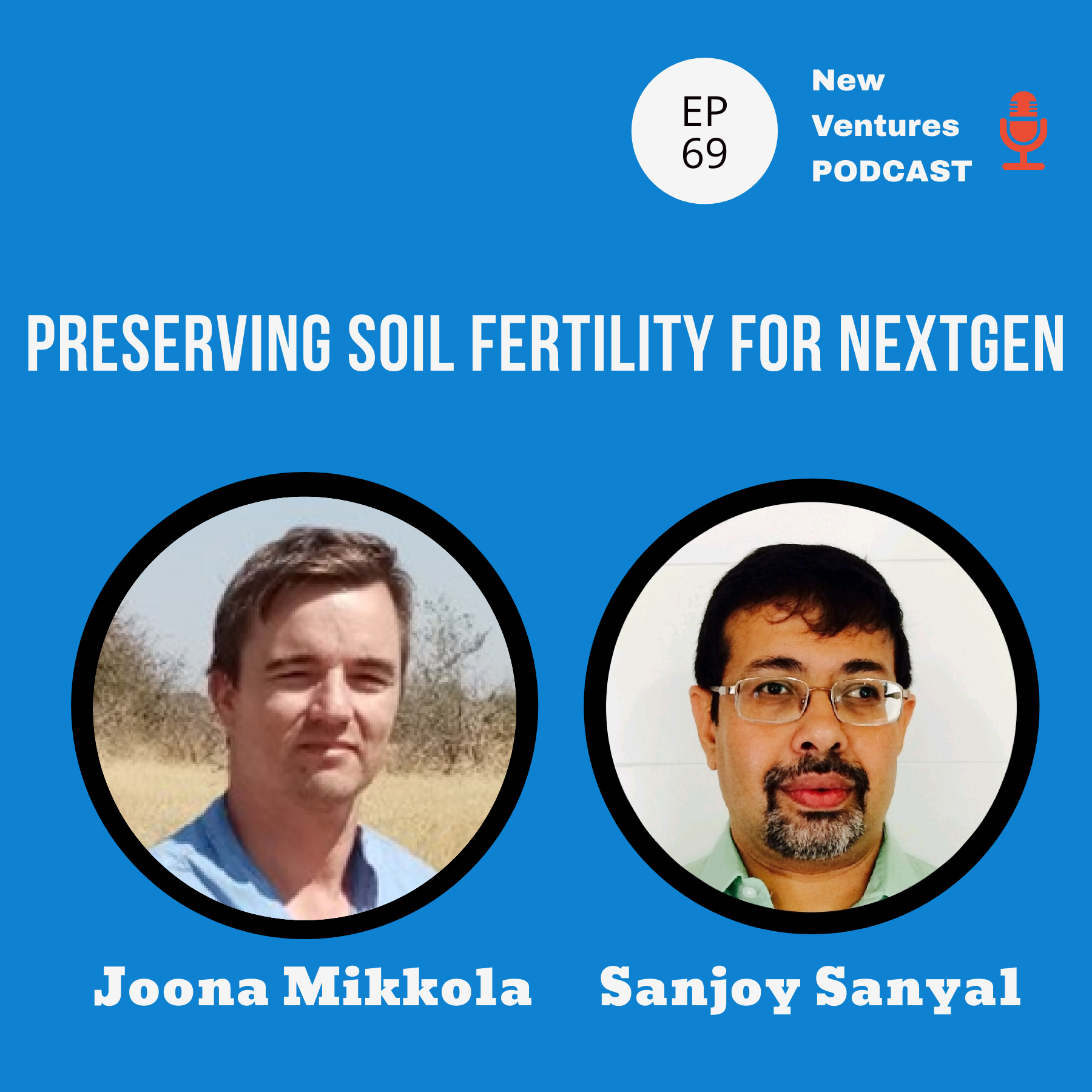
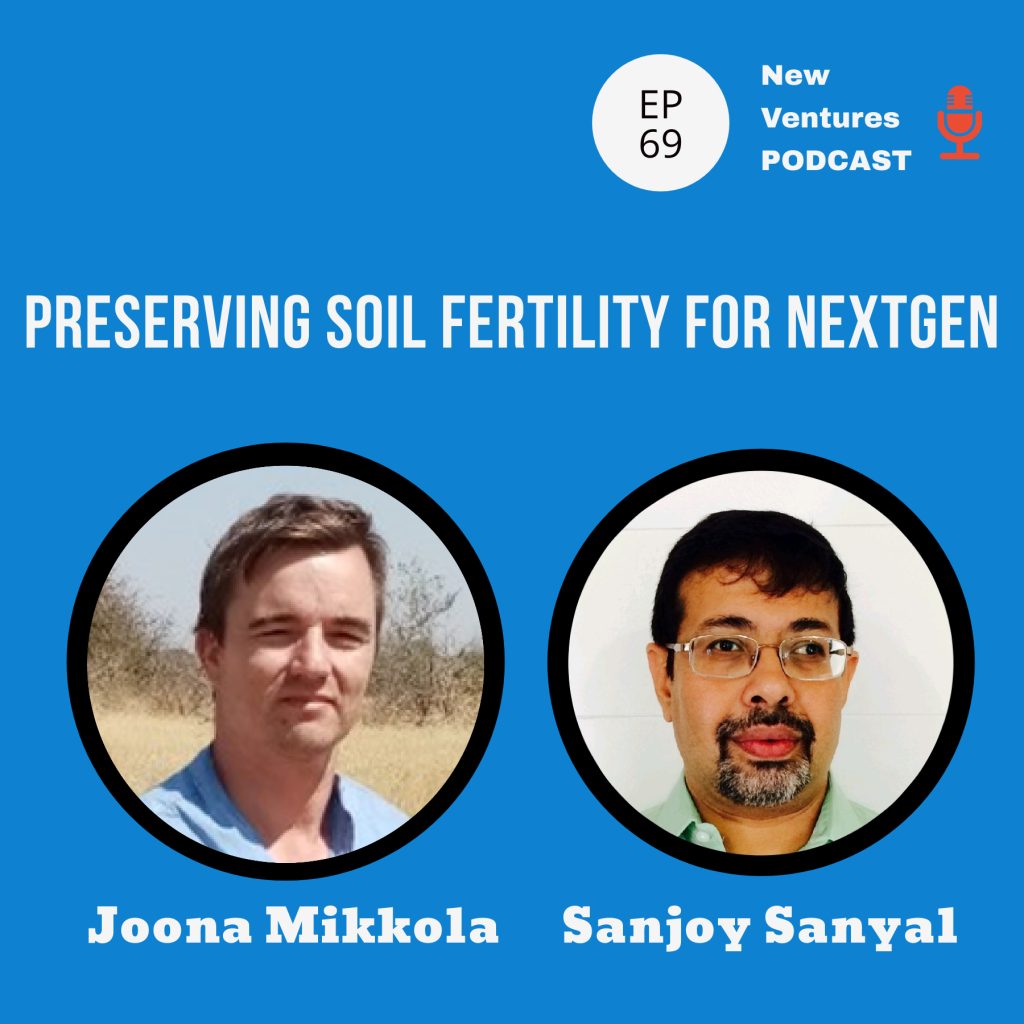
A rancher in South America is worried about the condition of his land. He knows that improving the soil condition will help in growing more grass which his livestock can feed on. He wants to leave his land in a better state to his children so that they can inherit his profession as well and decides to more regenerative practices. A NGO in East Africa has been already working in improving the agricultural practices of thousands of small holder farmers. This allows them to grow more food and not cut down forest trees in an effort to feed their families. Farmers like these know the true benefit of “soil organic carbon”. It helps increase soil fertility and improve biodiversity in the lands they live in. The voluntary carbon market which provides financial incentives to farmers to sequester carbon provides only additional benefits to these important gains.
International organizations implementing large land restoration projects that help generate carbon credits need to remember that for these projects have to generate positive socio-economic benefits to local communities if the benefits of carbon sequestration have to be positive. Soilwatch works with international organisations and carbon project developers to develop carbon projects. It tries to incorporate elements that help improve food security in these projects. The services include creating baseline of biomass in and above the soil, modelling how much carbon will be sequestered, designing project activities that help in achieving the goals and monitoring and verifying the amount of carbon sequestered. The process of doing this requires deep scientific expertise. The team at Soilwatch includes agricultural experts, ecological economists, data scientists and behavioral science experts. They use AI and machine language tools to identify cropland from satellite images. But AI is not only the only arsenal at their disposal. To answer important questions like how much carbon is going to be sequestered if the temperature rises by 1 degree C there is a long history of statistical ecological tools that are available. The important thing is to do the right tool and the right data source for the problem at hand.
Sections
Section 1: First 5 minutes Joona’s background and starting Soilwatch
Section 2: Upto 22 minutes what Soilwtach does.
Section 3: Last 13 minutes about examples of Soilwatch’s projects Host Sanjoy Sanyal, Founder Regain Paradise www.regainparadise.org Guest Joona Mikkola Chief Scientist, Soilwatch
https://soilwatch.eu/
https://www.linkedin.com/in/joona-mikkola/





